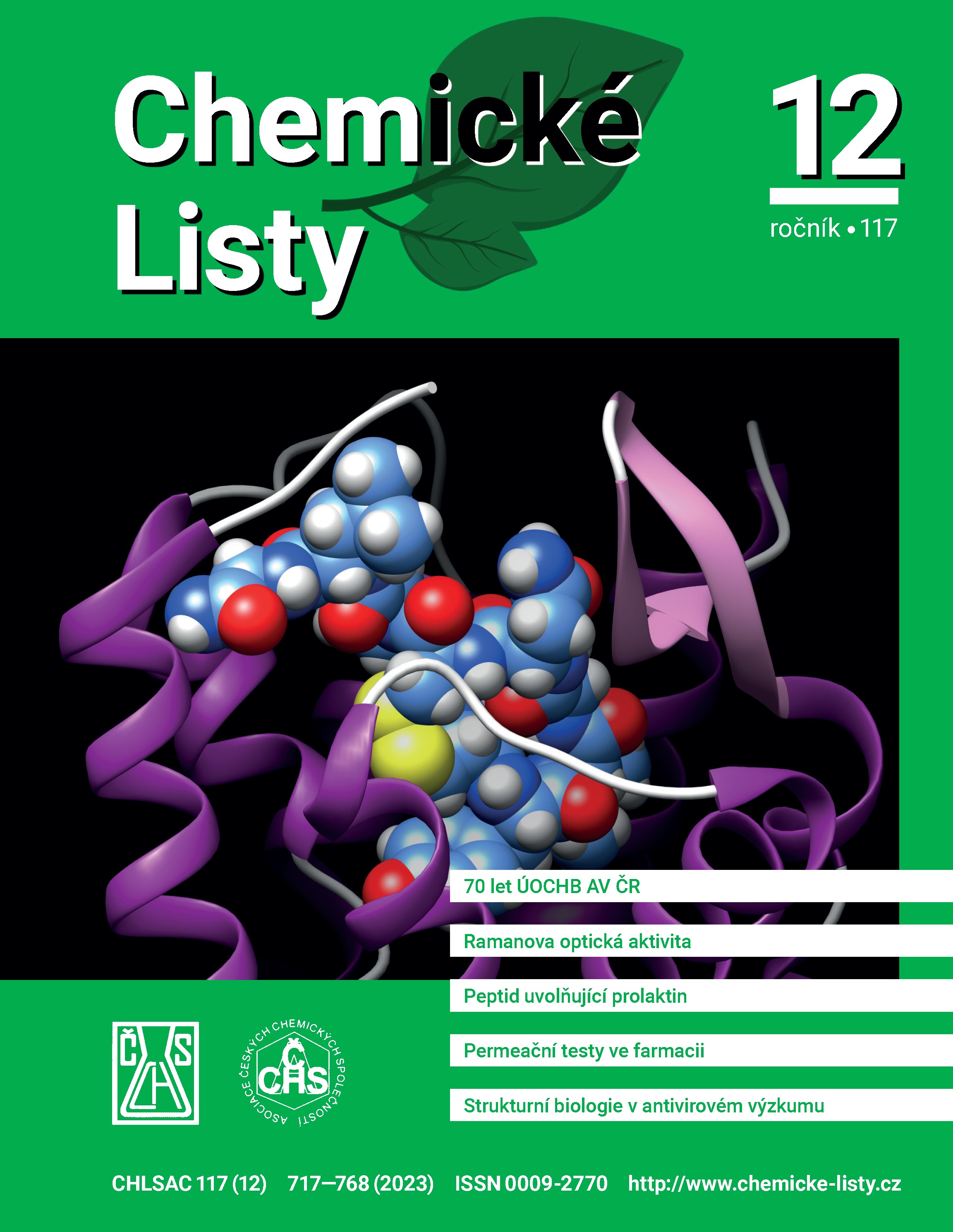The Role of Permeation Assays in Preclinical Drug Discovery
The article is dedicated to the 70ᵗʰ anniversary of the founding of the Institute of Organic Chemistry and Biochemistry of the CAS in Prague
DOI:
https://doi.org/10.54779/chl20230739Keywords:
ADME, permeability, absorption, bioavailability, Caco-2, blood-brain barrier, MDCKAbstract
Membrane permeability assays – together with metabolic stability and solubility assays – belong to the essential tools of early drug discovery process. In most therapeutic indications, a drug needs to pass several biological barriers to exert its desired effect to a target tissue, receptor, enzyme, without significant decay. There are numerous models available allowing us to evaluate compounds permeability, with cellular assays being particularly useful. Most frequently, these assays are based on a „Transwell“ system, where two compartments are separated by a filter bearing either artificial membrane or a monolayer of tightly connecting cells. More sophisticated permeability assays have been developed during the last decade, e.g., co-cultures of relevant cell types or 3D microfluidics on a chip. However, their high costs and time-consuming preparation prevent their widespread use. In basic drug development screening cycles Caco-2 and MDCK assays remain the gold standard.





